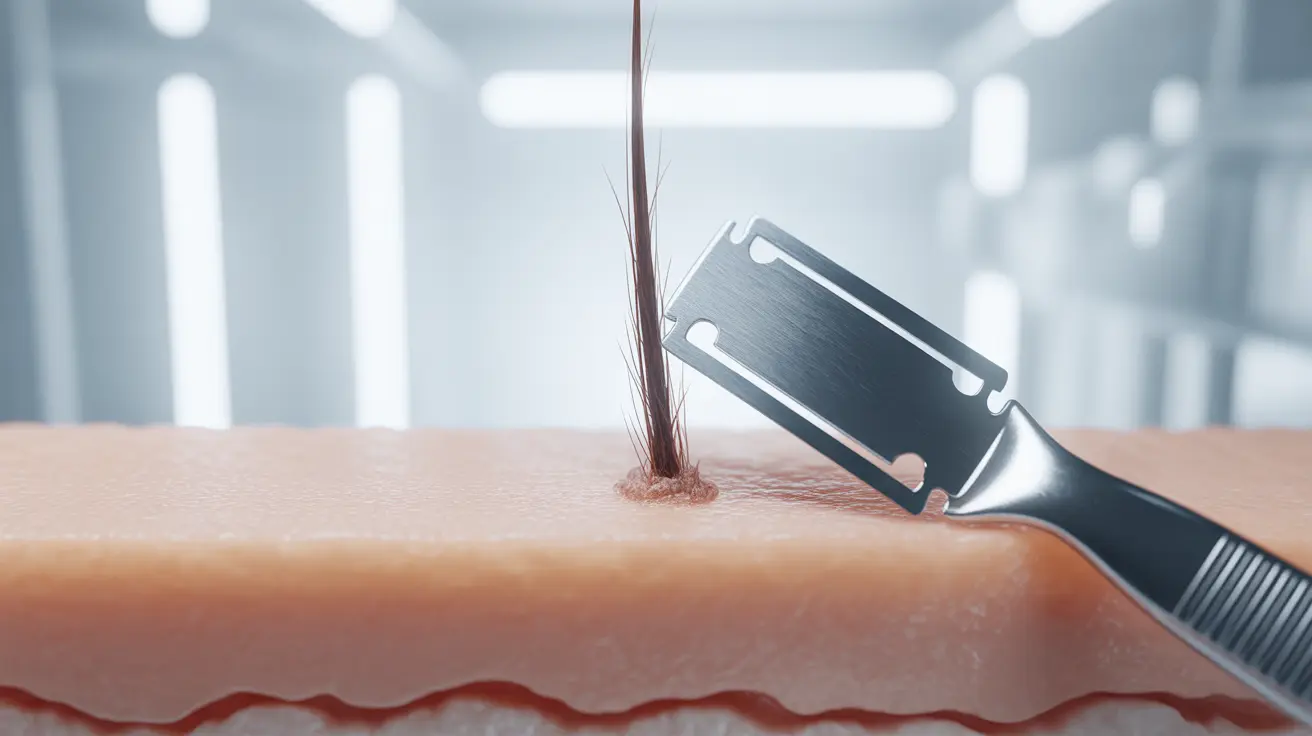Healthy gums typically appear pink and firm, so when you notice your gums looking pale or white, it could signal an underlying health condition that requires attention. Understanding the causes of pale gums and recognizing when to seek medical help is crucial for maintaining both oral and overall health.
This comprehensive guide explores the various causes of pale gums, associated symptoms, treatment options, and preventive measures you can take to maintain healthy gum tissue.
Common Causes of Pale Gums
Several health conditions can lead to pale gums, ranging from simple nutritional deficiencies to more serious medical concerns:
Anemia
Iron-deficiency anemia is one of the most common causes of pale gums. When your body lacks sufficient iron to produce healthy red blood cells, it can affect the color of your gums and other tissues.
Nutritional Deficiencies
Beyond iron deficiency, inadequate levels of vitamin B12, folate, or vitamin C can contribute to pale gums and compromised oral health.
Hormonal Changes
Hormonal fluctuations, particularly during menopause, can affect gum tissue health and appearance, sometimes resulting in pallor or other changes.
Signs and Symptoms Associated with Pale Gums
When experiencing pale gums, you may notice additional symptoms that can help identify the underlying cause:
- Fatigue and weakness
- Dizziness or lightheadedness
- Shortness of breath
- Cold hands and feet
- Brittle nails
- Pale skin
- Bleeding or sensitive gums
Diagnosis and When to Seek Medical Care
If you notice your gums becoming pale or developing white patches, it's important to monitor any additional symptoms and seek professional evaluation. Your healthcare provider may recommend:
- Complete blood count (CBC) tests
- Vitamin level assessments
- Oral examination
- Medical history review
Treatment Approaches
Medical Interventions
Treatment options vary depending on the underlying cause and may include:
- Iron supplements
- Vitamin B12 injections
- Hormone replacement therapy
- Prescription medications
Dietary Changes
Incorporating nutrient-rich foods can help improve gum health:
- Iron-rich foods (lean meats, spinach, legumes)
- Vitamin C sources (citrus fruits, berries)
- B12-rich foods (eggs, dairy, fortified cereals)
- Folate-containing foods (leafy greens, nuts)
Prevention Strategies
Maintaining healthy gums requires a comprehensive approach to oral care and overall health:
- Regular dental check-ups
- Proper oral hygiene practices
- Balanced nutrition
- Stress management
- Regular exercise
- Adequate hydration
Frequently Asked Questions
1. What are the common health conditions that cause pale gums? Common conditions include anemia, nutritional deficiencies (particularly iron, B12, and folate), hormonal changes during menopause, and certain medications. Poor circulation and periodontal disease can also contribute to pale gums.
2. How can anemia lead to pale gums and what are the other symptoms to watch for? Anemia reduces the number of healthy red blood cells, affecting tissue coloration throughout the body, including the gums. Additional symptoms include fatigue, weakness, shortness of breath, and cold extremities.
3. When should I see a doctor if I notice my gums are pale or have white patches? Seek medical attention if pale gums persist for more than two weeks, are accompanied by other symptoms like fatigue or dizziness, or if you notice sudden changes in gum appearance or unexplained white patches.
4. What treatments are available for pale gums caused by nutritional deficiencies or menopause? Treatments may include supplements (iron, B12, or other vitamins), hormone replacement therapy for menopausal symptoms, and dietary modifications. The specific treatment depends on the underlying cause.
5. How can I prevent pale gums through diet and oral hygiene? Maintain good oral hygiene practices, eat a balanced diet rich in iron and essential vitamins, stay hydrated, and schedule regular dental check-ups. Address any nutritional deficiencies through proper diet or supplementation as recommended by your healthcare provider.




